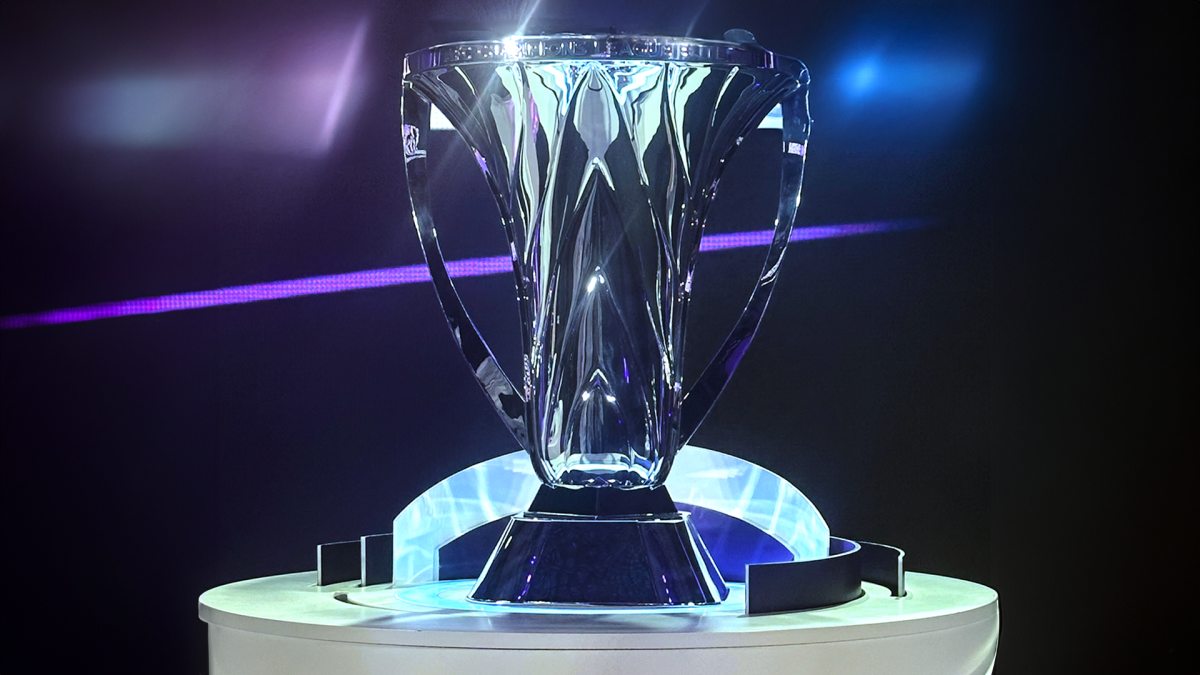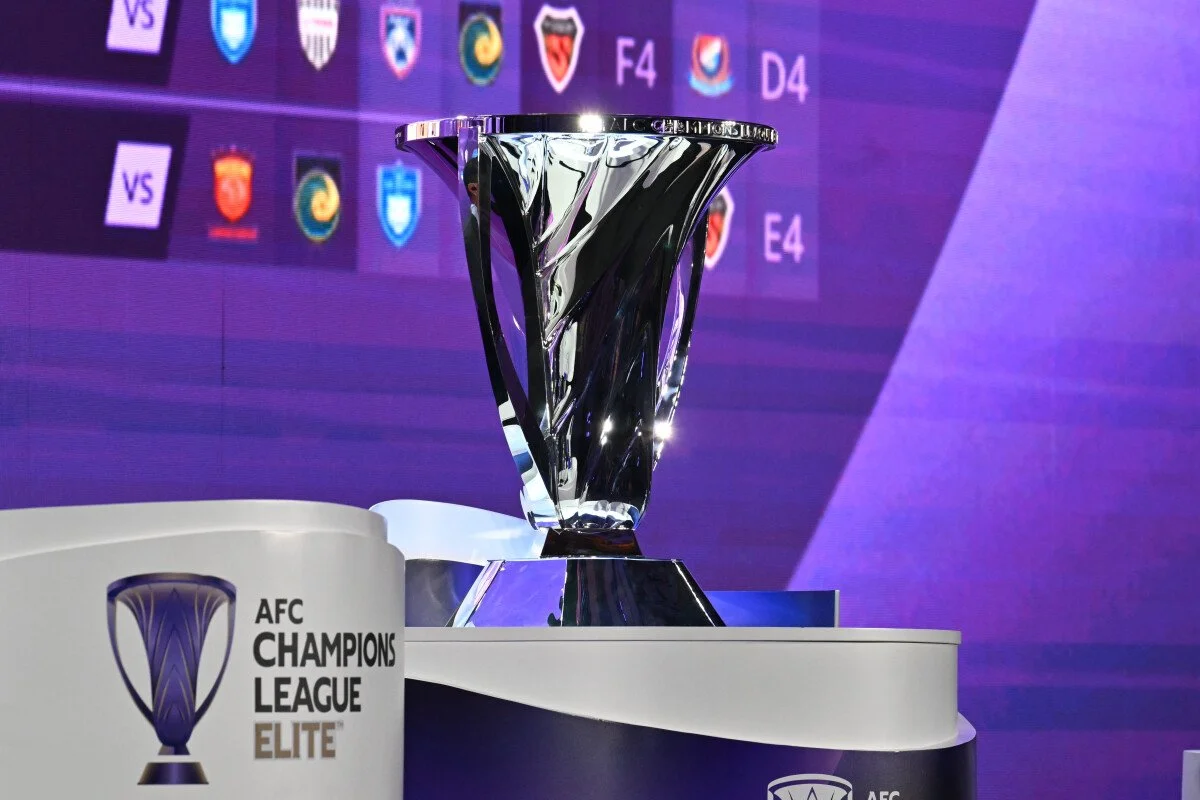Contents
- 1 A Story Rooted in Passion
- 2 How the Tournament Works
- 3 Saudi Arabia’s Golden Era in the AFC Champions League
- 4 The Numbers Behind the Magic
- 5 AFC Champions League vs. AFC Cup
- 6 A Global Spotlight on Asia
- 7 The Economic Ripple Effect
- 8 The Beauty of Rivalry
- 9 The Road Ahead for Asian Football
- 10 Frequently Asked Questions
- 11 Sources
There’s something poetic about football, not just the goals, the trophies, or the numbers, but the pulse of it. The way a continent holds its breath as the AFC Champions League games unfold. The rhythm of a match night in Riyadh, the lights in Seoul, the roar in Tokyo, the quiet before a penalty in Doha. This is the Asian Champions League, also known as the Champions League Asia, a tournament that has evolved into more than just a sport. It’s an identity. It’s pride. It’s ambition written across 90 minutes.
A Story Rooted in Passion
The AFC Champions League, Asia’s premier club football competition, stands as the crown jewel of the Asian Football Confederation (AFC). Since its inception in 1967 under the name Asian Club Championship, the tournament has evolved through eras, countries, and rivalries. It’s not merely a game; it’s a cultural crossroad that unites nations under one anthem, one dream. In the early days, few could imagine the scale it would reach, sprawling across continents, drawing millions of viewers, and giving birth to rivalries that shape regional football narratives.
From Saudi Arabia to Japan, from Iran to Australia, the competition brings together the best clubs from Asia’s footballing landscape. And in this narrative, the AFC Cup also plays its part, serving as a tournament for developing football nations that often contributes to the broader storyline of Asian club dominance. The AFC Cup stands as a reminder that football in Asia isn’t just about the elite; it’s about everyone who dares to dream big.

How the Tournament Works
The structure of the AFC Champions League mirrors the balance between competition and hope. Teams from across the continent qualify through their domestic leagues’ champions, runners-up, and sometimes even third-place finishers, all chasing the same horizon. The competition usually unfolds through several stages:
- Group Stage – Clubs are divided into groups based on geography and rankings, playing home and away matches.
- Knockout Rounds – The best teams advance to quarterfinals and semifinals, often marked by high drama and late goals.
- Final – A single or two-legged decider, where legends are born and history is rewritten.
At the heart of it all are the AFC Champions League Standings, where every goal matters. Fans track these tables obsessively, not just for points, but for what they represent: status, pride, and a place in the narrative of Asian football.
Saudi Arabia’s Golden Era in the AFC Champions League
In recent years, Saudi Arabian clubs have become the beating heart of the Asia Champions League. The Saudi Pro League’s growing investment in players, infrastructure, and global talent has turned its clubs into continental powerhouses. Take Al Hilal SFC, for instance, the most successful club in the tournament’s history. Their dominance in the AFC Champions League isn’t just about star players or money. It’s about consistency, legacy, and the ability to perform under pressure. Then there’s Al Nassr Saudi Club, a team that continues to captivate fans with moments of brilliance. Their performances in the Asian Champions League bring together global superstars and local talent, blending the old and new.
These clubs, alongside others from Japan, South Korea, and Iran, form the elite circle that defines Asian football’s current hierarchy. For many, this rise is also tied to the broader football movement in the Kingdom. The Saudi Arabian Football landscape has undergone a transformation, fueled by national vision and ambition. This renaissance is not just about sport; it’s a cultural and economic evolution.
The Numbers Behind the Magic
When people discuss football, they often overlook the statistics that reveal a deeper story. The AFC Champions League statistics reveal fascinating patterns, including where goals originate, which nations dominate, and how tactics shift between regions. Some notable insights include:
- Saudi Arabian clubs have the highest number of titles in the modern era.
- Japanese and Korean clubs consistently reach the knockout stages.
- Attendance figures across Asia continue to rise, with fans in Riyadh, Tokyo, and Tehran packing stadiums for every clash.
- Goal averages per match hover around 2.8, a sign of the attacking flair that defines Asian football.
These numbers, however, are not just stats. They’re stories, each goal scored, each save made, each yellow card shown, they become part of the collective memory of a continent. 
AFC Champions League vs. AFC Cup
While the AFC Champions League takes center stage, the AFC Cup remains the stage for underdog tales. It’s the competition where clubs from emerging football nations, such as Jordan, Lebanon, the Maldives, and beyond, find their voice. The difference between the two lies in scale and prestige, but both share a common purpose: to advance Asian football. The AFC Cup often serves as a stepping stone, allowing smaller clubs to build experience, fan bases, and identity before aiming for the bigger prize, the Champions League Asia.
A Global Spotlight on Asia
The modern Asian Champions League is no longer a regional secret. Broadcasts reach millions across continents, and international players are increasingly drawn to its growing prominence. As global stars join clubs like Al Hilal and Al Nassr, the AFC Champions League games gain new layers of storytelling. Cristiano Ronaldo steps onto an Asian pitch, Neymar dazzles under Riyadh’s night sky, and young Asian talents share the field with football icons. It’s a fusion of worlds, and it’s working. The world is watching.
The Economic Ripple Effect
Football doesn’t exist in isolation. The AFC Champions League creates ripples that extend beyond the pitch, affecting cities, businesses, and lifestyles. In Saudi Arabia, for instance, the surge in sports tourism has impacted everything from hospitality to real estate. People flocking to cities like Riyadh or Jeddah for matches often explore long-term living opportunities. Platforms like Wasalt and apartments for rent in Saudi Arabia have seen increased interest from fans and expatriates drawn to the country’s transformation through sports. This intersection of football and urban growth is part of a broader vision that connects lifestyle, economy, and culture through a shared passion for the game.
The Beauty of Rivalry
Every great tournament thrives on rivalry. The AFC Champions League is no different. Al Hilal vs. Al Nassr. Urawa Reds vs. Jeonbuk Hyundai. Persepolis vs. Al Duhail. These are more than matches, they’re chapters in an ongoing saga. For fans, these games are deeply personal. They’re about identity, pride, and belonging. For players, they’re about legacy. And for the continent, they’re about proving that Asian football belongs on the global stage. If you look closely, you’ll find that every goal carries a whisper of history, every celebration a memory of the battles that came before.
The Road Ahead for Asian Football
The Champions League Asia is changing. From 2024 onwards, the competition’s format has been redesigned to align more closely with European calendars. This marks a new chapter, one that aims to increase visibility, competitiveness, and commercial value. There’s also growing collaboration between leagues, federations, and international partners. The goal? To make the AFC Champions League a tournament that not only celebrates Asia but also competes globally in prestige and quality. And it’s not just about men’s football. The rise of the AFC Women’s Club Championship signals a future where inclusivity and equality drive growth.
This evolution aligns with broader football progress in the region, much like the global attention seen in events such as the Supercopa de España 2025 being hosted in Saudi Arabia a symbol of how football transcends borders and connects worlds.
The AFC Champions League isn’t merely a tournament; it’s a reflection of Asia’s heartbeat—a stage where passion, ambition, and identity intertwine. From AFC Champions League Standings to breathtaking goals, it’s about stories of teams, fans, and dreams that never stop growing. In a world obsessed with European football, Asia’s answer stands tall and proud, electric, and endlessly evolving. And perhaps that’s the beauty of it. The continent’s spirit isn’t just in the victory, it’s in the journey, the connection, and the belief that this, too, is where football magic lives. 
Frequently Asked Questions
What is the AFC Champions League?
The AFC Champions League is the top-tier club football competition in Asia, organized by the Asian Football Confederation. It brings together the best clubs from across the continent to compete for regional supremacy.
How many teams qualify for the AFC Champions League?
Typically, 40 teams compete in the group stage, drawn from various Asian football leagues based on rankings and performance.
Who has won most of the AFC Champions League titles?
Al Hilal SFC from Saudi Arabia holds the record for the most titles, making them the most successful club in the tournament’s history.
What is the difference between the AFC Champions League and the AFC Cup?
The AFC Champions League features top-tier clubs from stronger leagues, while the AFC Cup is designed for clubs from developing football nations within Asia.
Sources
- Asian Football Confederation (AFC) Official Website
- Saudi Pro League Official Reports
- ESPN Football Asia Statistics
- The Guardian – Asian Football Coverage
- BBC Sport – AFC Champions League Updates









Discussion about this post